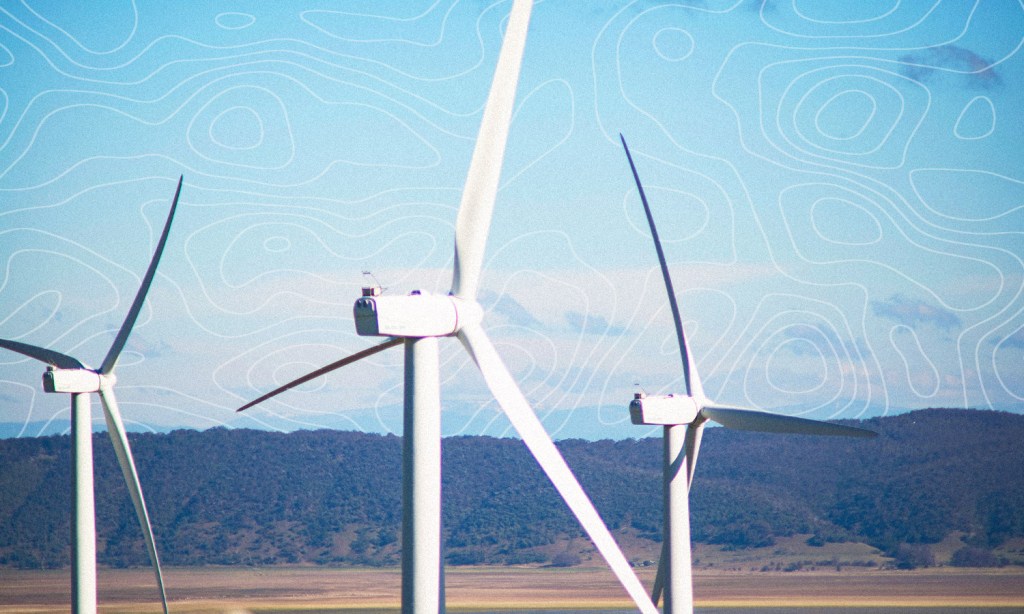New South Wales has been named as the runaway champion of renewable energy in Australia, according to a new report by the World Wildlife Foundation.
In the organisation’s third iteration of its annual ‘renewable superpower scorecard‘, NSW overtook former title-holder Tasmania by climbing 12 points in the rankings to 71. Tasmania, meanwhile, is still sitting strong on 69 points, a gain of eight from 2021, while Queensland has leapfrogged South Australia, gaining 16 points and the bronze medal.
“It has been a dynamic 12 months for Australia’s state and federal governments in the race to renewables,” said Dermot O’Gorman, Chief Executive Officer of WWF Australia.
“Almost daily we are seeing new records for renewable power generation across the nation and increasing investments in renewable energy generation and infrastructure as Australia and the world transition to renewables as the lowest cost energy for the future.”

If there’s one thing that can motivate Australia to actually take action on climate change, it’s good old-fashioned state rivalry. The WWF is hoping that its rankings will inspire policy changes that see Australia generating seven times more renewable energy than we need, and thus export renewable energy to Southeast Asia. It would also allow public transport and industry to run on renewables while increasing our manufacturing capacity.
However, the report only factors in the policies of state and federal government, ignoring private enterprise. It also does not take into account exports, as Australia still ranks as one of the largest gas and coal exporters in the world.
The Clean Energy Investor Group (CEIG) have said that policy vision and stability are critical to reducing economic barriers and creating “more investable markets”.
“It is critical governments focus on increasing the level of committed clean energy projects in Australia,” said Simon Corbell, Chief Executive Officer of the Clean Energy Investor Group.
To that end, the Federal Government came out well in the rankings, climbing 26 points from dead last to sixth place. This is largely down to policies outlined in Labor’s October budget which channels funding into energy grid restructuring and regional power generation.
At the bottom of the table, we have Western Australia and then the Northern Territory. Despite the fact that the former is planning to retire all coal-fired power stations by 2030, they have yet to lay out clear policy as to how this will be done. The NT, on the other hand, has legislated the building of the Sun Cable project, to send renewable energy to Asia, but has yet to really start taking advantage of its solar-generating capabilities.
“Australia is perfectly placed to redefine our role in the world – to become a renewables exports superpower and a true global leader on climate solutions – but we must do it right,” said O’Gorman.
“To fully harness the huge opportunity we have, we must leverage our current momentum, demonstrate smart and ambitious policy, and drive progress, implementing solutions at speed and scale with communities and nature at the core.”
Related: In Non-Depressing Climate News, Brazil’s New Leader Could Save the Amazon Rainforest
Related: If We Want to Get Serious About Climate Change, We’re Going to Need Cows to Stop Farting
Read more stories from The Latch and subscribe to our email newsletter.







